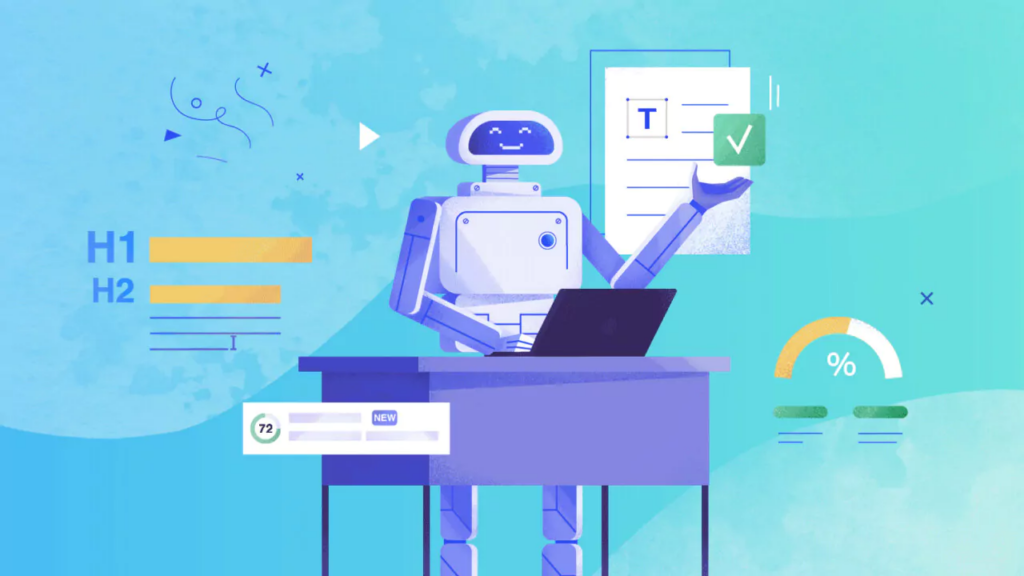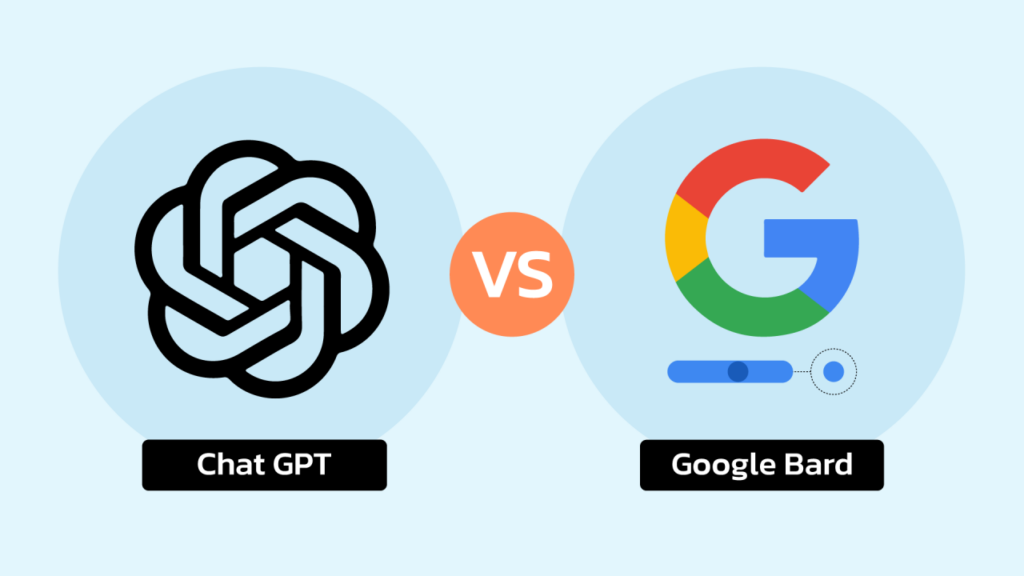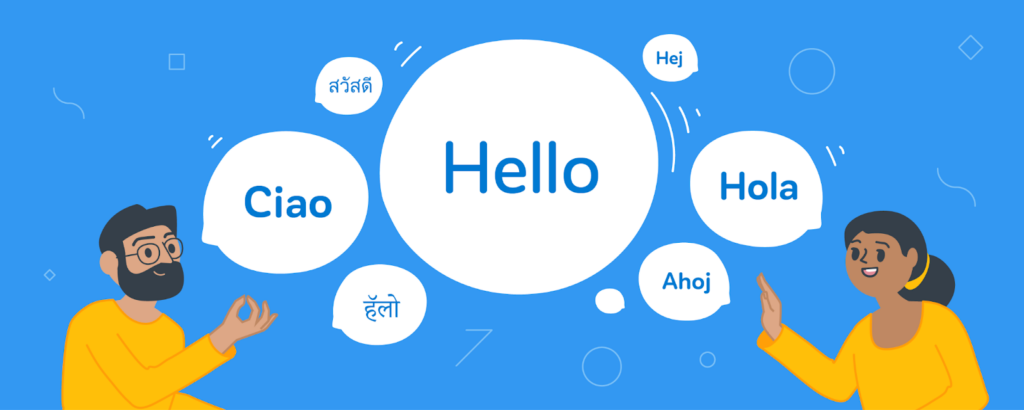From Accuracy to Fluency: How Neural Machine Translation is Redefining Language Pairing
Today, the accuracy of translation software has made them proficient enough to come across as fluent. Due to the advancements in Neural Machine Translation (NMT), software solutions can now understand words and phrases within a context based on the nuances in tone, idiomatic expressions, and culture.
Compared to previous translation technology that aimed for word-for-word accuracy, the fluency that NMT offers allows translations to sound more natural. As a result, NMT is setting a new standard for translation quality.
In this blog post, we will discuss how neural machine translation is redefining language pairing, allowing software to switch from accuracy to fluency.
From Accuracy to Fluency Through NMT
NMT has become the foundation for many modern translation services, including those offered by tech giants like Google and Microsoft.
Here is a deeper look into how NMT allows us to shift from accuracy to fluency:
What is Neural Machine Translation?
Neural Machine Translation (NMT) is a more advanced approach to translation that uses deep learning, contextual understanding, and end-to-end learning to better translate words from one language to another. It is designed to understand and interpret the complexity of languages and how they relate to one another. NMT achieves this by processing large volumes of bilingual data.
The Importance of Accuracy
Accuracy is still important, as it is considered the cornerstone of machine translation. The basis for this could be how you would manually attempt to interpret someone speaking a foreign language as you hear it for the first time.
Whether you have an expensive or cheap SLP online masters, you would approach the interpretation of the foreign language by trying to get the exact translation of words and phrases to attempt an accurate translation. After all, you would logically aim for accuracy to avoid misunderstandings, especially in technical, legal, or medical situations.
Unfortunately, accuracy-focused systems were unable to understand and process idioms, cultural context, and new developments in the language. This led to rigid and unnatural translations, which can sometimes confuse native speakers.
The Shift to Fluency
NMT improves the fluency of translation programs by using deep learning algorithms that can understand and replicate the context, tone, and idiomatic expressions of the source language. So, when you encounter NMT-based translation software, they sound more natural and native-like.
For instance, instead of translating phrases literally, NMT can adapt the translation to match the cultural and linguistic nuances of the target language. This results in more relatable and understandable text for native speakers.
How is NMT Changing Language Pairing?
Since NMT translates texts more naturally, it has helped businesses provide multilingual customer support, create culturally relevant marketing materials, and localize software and apps for diverse markets. Between 2023 and 2028, the machine translation industry is expected to grow by $1.23 billion, according to a report by Technavio.
Here are some ways NMT is changing language pairing for the better:
Enhanced Compatibility Across Diverse Languages
NMT excels in handling language pairs that differ significantly in structure, grammar, and idiomatic expressions.
For example, translating between English and Japanese can be challenging because their languages are structured differently. English relies on a subject-verb-object order, while Japanese follows a subject-object-verb structure. Moreover, Japanese often omits subjects and uses honorifics, which require a deep understanding of context and cultural nuance.
NMT’s deep learning algorithms can assess the entire sentence structure and context to capture the original language’s essence while respecting the target language’s unique characteristics. This make sure that your translations are correct and contextually sound, which is important in cases like translating political articles.
Improving Low-Resource Language Pairing
One of the key advantages of NMT is its ability to improve the quality of translation for low-resource languages—those with limited available training data. For example, translating from English to Yoruba, a language spoken by millions in Nigeria but with relatively scarce bilingual datasets, can be challenging for traditional translation systems.
However, NMT models can use transfer learning, where knowledge gained from high-resource languages (like English and French) is applied to improve translations for low-resource languages like Yoruba.
Contextual and Cultural Adaptation
NMT goes beyond literal translation by adapting to the cultural and contextual nuances embedded in language pairs. For example, if you’re translating a phrase like “it’s raining cats and dogs” from English to Spanish, a literal translation would make little sense in the target language. Instead, NMT analyzes the broader context in which the phrase is used and recognizes it as an idiom that means “it’s raining heavily.”
As a result, it might translate the phrase into something more culturally appropriate, such as “está lloviendo a cántaros,” which conveys the same meaning in a way that resonates with Spanish speakers. This ability to understand and adapt to context ensures that translations are accurate, culturally sensitive, and contextually appropriate– an especially important aspect of culturally responsive teaching.
Dynamic Language Pairing
Imagine you’re working on translating content from English to Korean. Initially, the translations might be fairly accurate but lack some fluency or miss subtle cultural nuances. However, as you and others continue to input more data and corrections into the system, the NMT model starts to refine its understanding of this specific language pair.
Over time, you’ll notice that the translations become not just more accurate but also more fluent and culturally attuned. NMT models continuously learn and improve as more data becomes available, making them highly adaptable. As a result, the translations you rely on will stay relevant and effective.
Use NMT for Your Language Pairing Needs
In conclusion, Neural Machine Translation (NMT) is revolutionizing how we approach language pairing by prioritizing fluency and accuracy.
As it handles diverse language structures, improves low-resource language translations, and adapts to cultural nuances, NMT delivers translations that are both accurate and natural-sounding.
Its potential to break down language barriers and foster more seamless international interactions is boundless, paving the way for a more connected and inclusive world. You can take advantage of this technological development by using NMT-based translation software for all your interpretation needs.

















